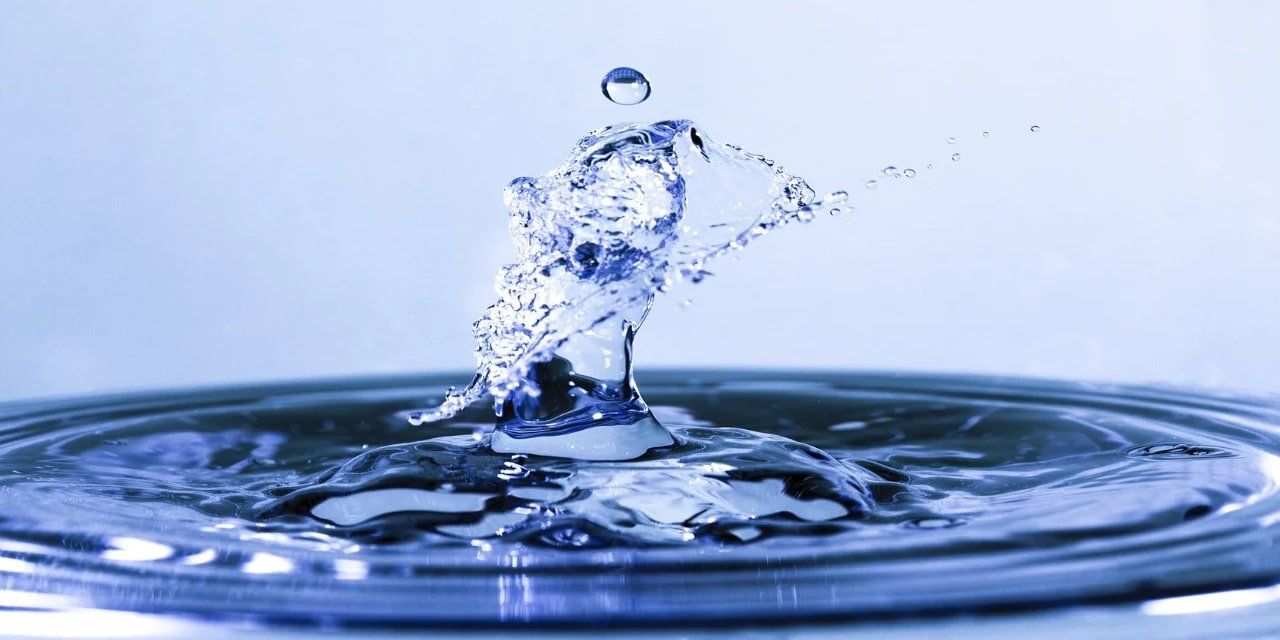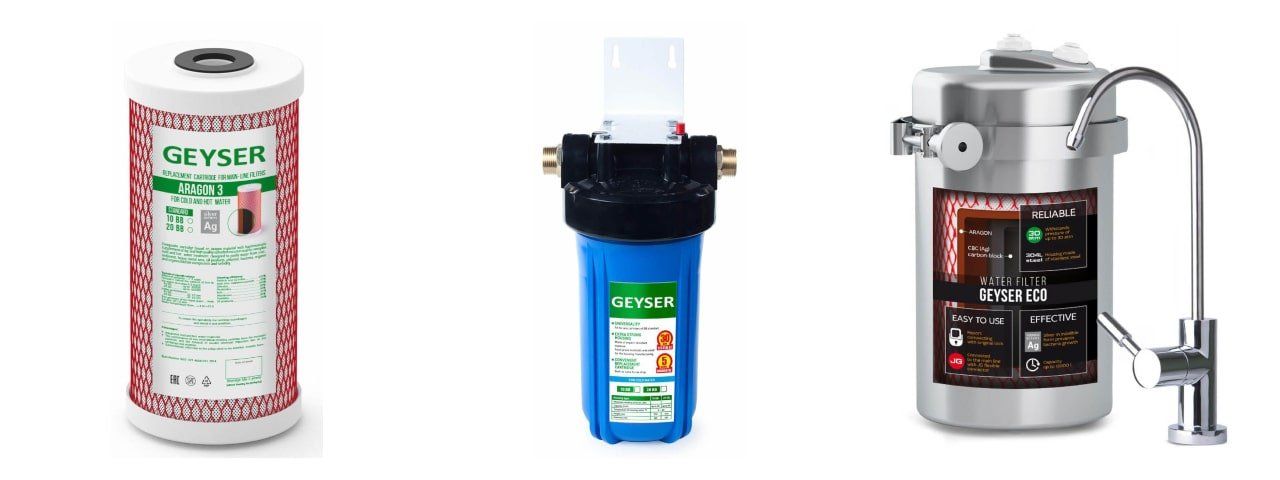Water Quality
Using filtered water leads to better root growth and reducing the chlorine protects the micro-organisms in your soil

Nutrients and Roots
The electrical conductivity (EC) of the water solution is determined by the salts and nutrients and the optimal level for plants is between 1.4 and 2.2.
The EC is affected when nutrients are added so by lowering the water's EC we can add more nutrients without going above the maximum. This can be done with Reverse Osmosis (RO).
By reducing the salts in the water we can also prevent issues such as limescale.
The EC is easy to measure with an
EC meter.
The EC of the nutrient solution can also be lowered by adding fresh water to dilute it further.
Avoid Limescale
Water with a high EC is often that which produces limescale and can contain high levels of magnesium and calcium. The plant roots can become saturated by this to the point they are pretty much blocked from absorbing the required nutrients. This is known as 'nutrient lock out'.
Examples of this are where the leaves are yellowed, dried or the plant growth is stunted and this is a common problem both indoors and outdoors.
If we start with water that has a low EC then we have far more control over this.
Microorganisms
Microorganisms can be great for plants and they can eliminate worms and other parasites. However, if the water has too high an EC they can struggle. Chlorinated water can kill them before they get to work.
Good quality water is always a good starting point...




